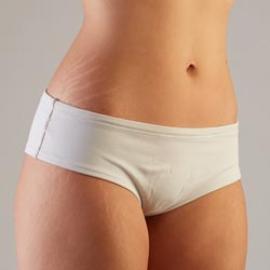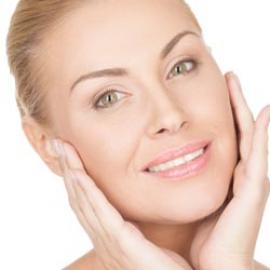
Unfortunately, after puberty, the after-effects can leave certain sequelae on the skin of the face. Acne scars are common in both men and women who have had severe acne in their youth. These skin lesions are very unsightly, but it is possible to restore smooth and even skin thanks to aesthetic medicine.
Acne scars: what are they?
Severe acne leaves serious skin lesions in some patients during puberty. These scars are primarily on the forehead, the temples, the cheeks, the corners of the mouth, the chin, and occasionally even the neck.
Acne scars occur when it goes away, i.e. If it is no longer in the inflammatory stage (pimples and cysts). Therefore, these are remains of a wound after it is healed.
Acne scars are noticeable when the skin on the face is blistered and wrinkled. Irregular furrows are formed. These scars can cause considerable aesthetic distress in patients with scars and can also affect their psychological well-being.
It is important to remember that acne scars do not affect your physical health.
Acne scars: what are the causes?
At the time of adolescence, about 12-15 years of age, young girls and boys are steadily going through puberty. Hormone production is high in order to allow the body to grow. For many adolescents, these physical changes are followed by the development of acne.
Sebaceous glands are the glands that are found in the dermis and attached to the hair implantation that produce and secrete the sebum. This natural product moisturizes the skin, protects it from certain bacteria and lubricates the hair. The activation of sebaceous glands is especially strong in some teenagers. Acne may be serious and cause a profusion of skin inflammation (pimples).
When puberty is over, acne can be so serious that it has distorted the skin and produced a rugged skin look.
Acne scars: what are the treatments?
There are treatments available in esthetic medicine to resolve any discomfort you might have. Both procedures are prescribed until the skin is stabilized.
Mild acne scars can be treated with chemical dermabrasion. This procedure, also known as "peeling," involves the application of an abrasive material locally to the face to break down the surface layer of the skin. This treatment is progressive and requires a few sessions before the skin is smooth again.
The micro-needling technique is another possibility when the scars are shallow.
If acne scars are deep and the skin is severely damaged, other medical techniques such as lasers or devices based on radiofrequency, ultrasound or plasma energy must be considered. These different energies cause a thermal reaction when in contact with the skin, which abrases the first layer of the dermis and progressively eliminates scars as the skin regenerates.






















































